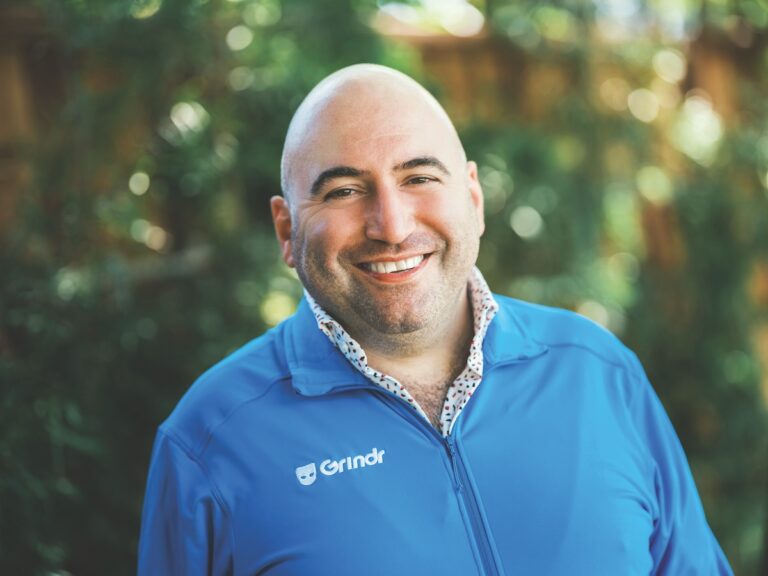
Grindr Inc. is securing a substantial new credit facility to restructure its long-term debt. The West Hollywood-based company announced last month that it completed a debt refinancing with a $300 million senior-term loan and $50 million revolving credit facility.
The transaction was led by JPMorgan Chase, Bank of America Corp., Citizens Financial Group Inc. and Silicon Valley Bank, the latter of which became a division of First Citizens BancShares in March. Grindr reported $319 million of net long-term debt in the third quarter of this year. Vanna Krantz, the company’s chief financial officer, said in a statement that restructuring its “high-cost” lending facility has been a key objective since Grindr went public in November of last year.
“We’re very pleased with our successful outcome, especially in a challenging interest rate environment,” Krantz said. “The significant reduction in cash interest expense achieved through this transaction will strengthen both our balance sheet and our profitability profile. We are excited about Grindr’s strong growth potential next year and beyond.”
The company said that the new facilities will mature in November 2028 and are expected to reduce interest expense by about $17 million next year. Grindr reported $35.7 million of net interest expenses in the first nine months of this year, compared to $11 million for the same period in the prior year.
“We would like to thank our new financial partners for backing Grindr and the diverse gay community we represent,” Grindr Chief Executive George Arison said in a statement. “This is very meaningful, and I’m proud to have the support of some of the world’s leading financial institutions in enabling a more open and welcoming financial ecosystem.”
Grindr made headlines in August when it introduced a policy mandating that employees needed to work in office at least two days per week. The Communications Workers of American union reported that, of Grindr’s 174 employees at the time, more than 80 people chose to leave the company. The company’s headcount stood at 111 by the end of September, and it reported $6.7 million in severance costs in the third quarter, with a total of $8.1 million in severance expenses for the year.
Amid the loss of employees and resulting expenditures, Arison told the Business Journal in October that Grindr is in both a rebuilding phase and a growth phase and plans to hire its team back to at least where it was, and perhaps be even bigger.
“Now that we are more open and clear about the key values and operational model that we offer our team, and how we want to work, we’re interested in people who want to fit that mentality,” Arison said. “We want people who are really into going out for ambitious goals and being successful … it’s up to me and my management team to help (employees) grow and become better, and it’s much easier to coach when you’re in the office.”
Grindr’s third-quarter report, which was released in mid-November, showed $70.3 million in revenue, up 39% year over year. Net loss for the third quarter was $440,000, down from $4.7 million in the same period of the previous year. The company’s stock reached a full-year high of $8.48 per share on Dec. 13.
